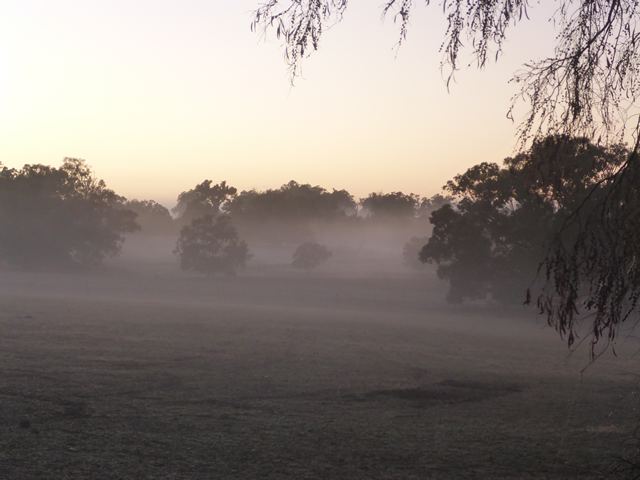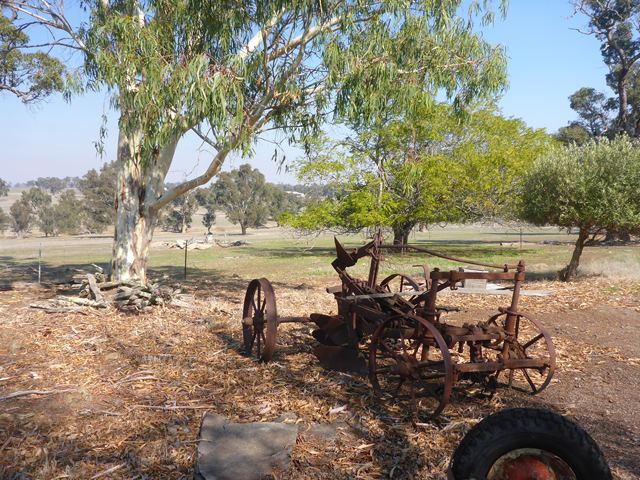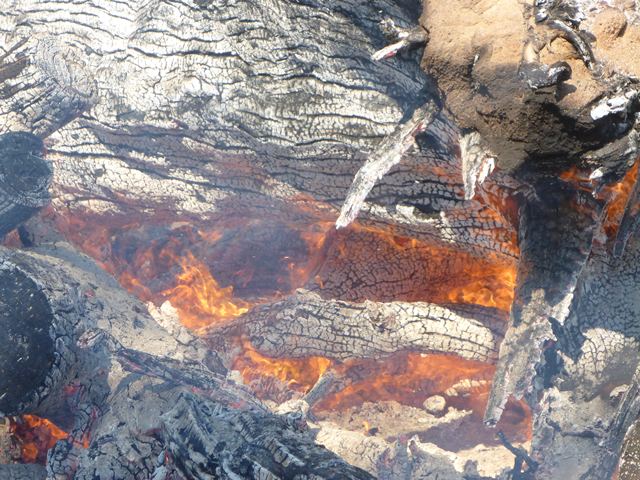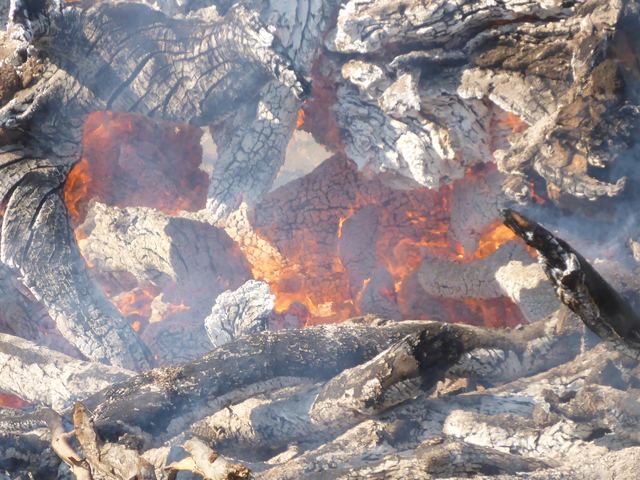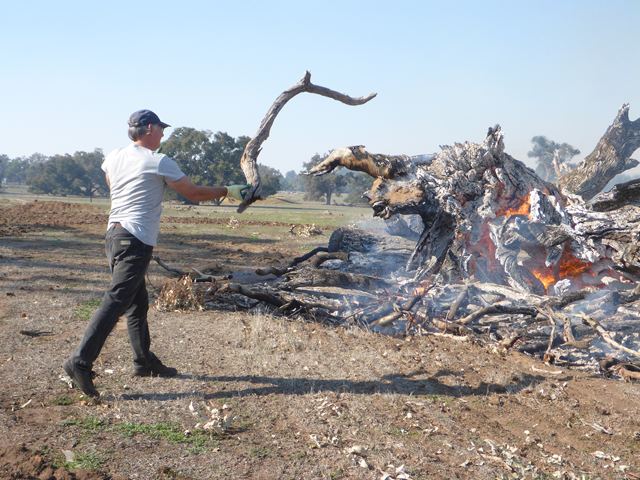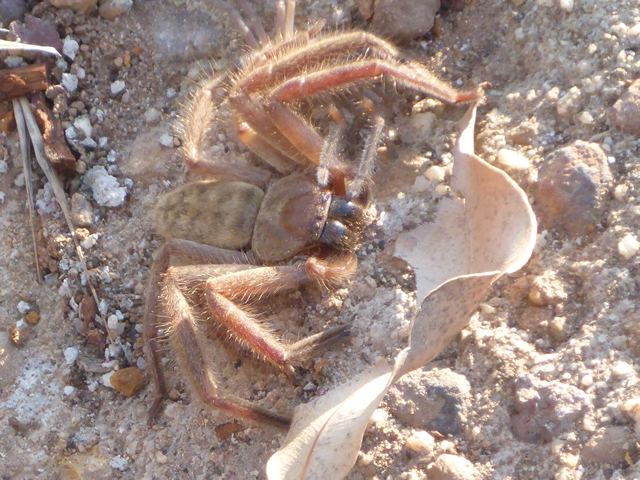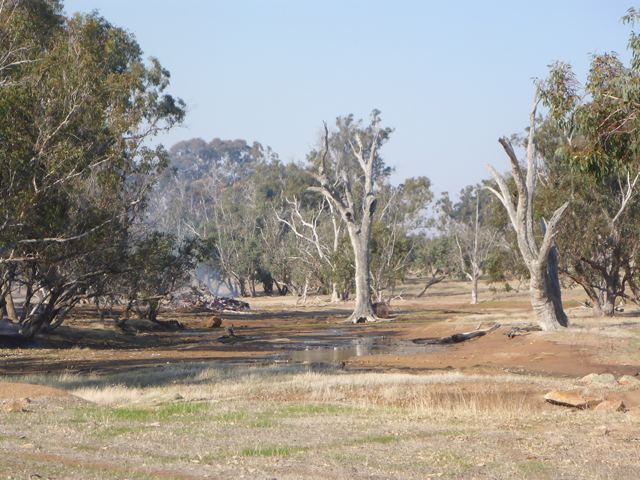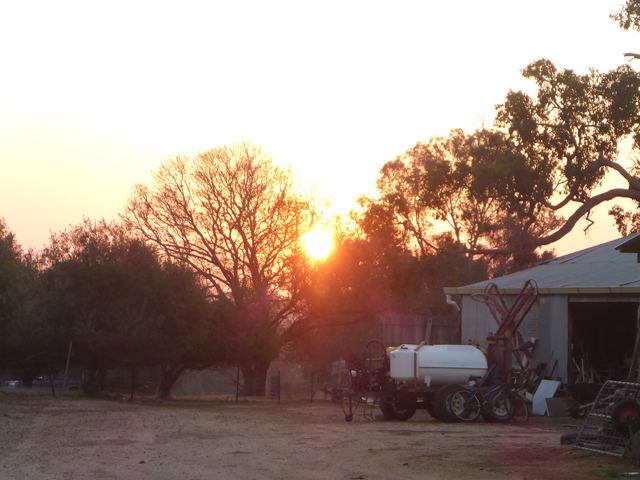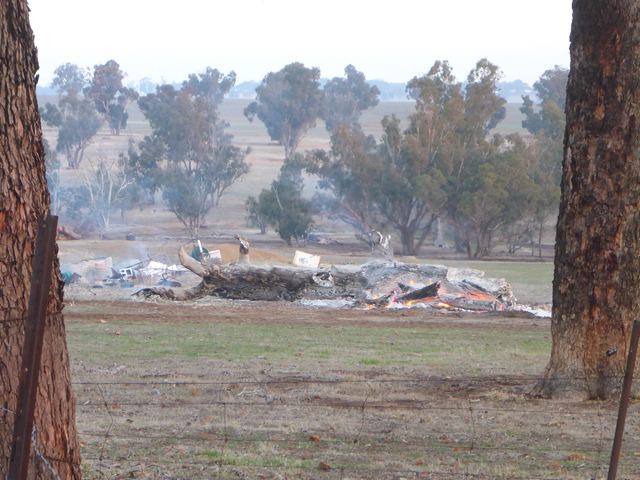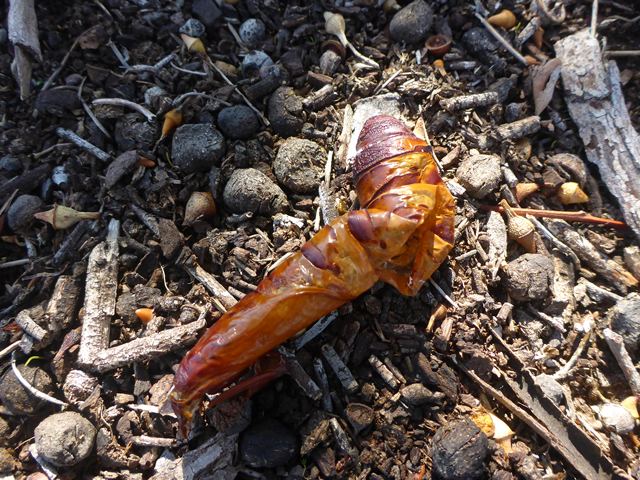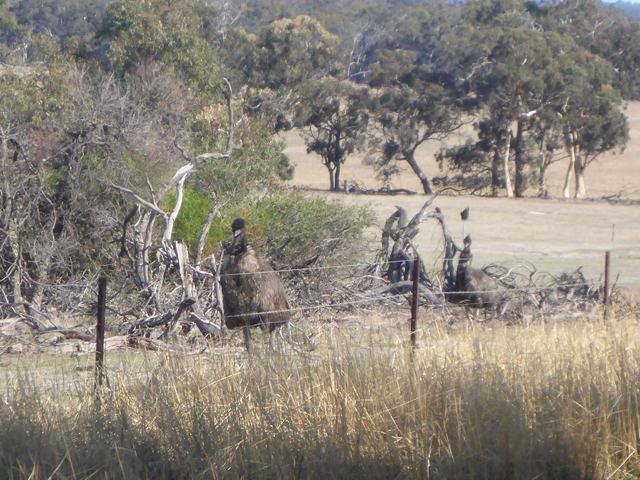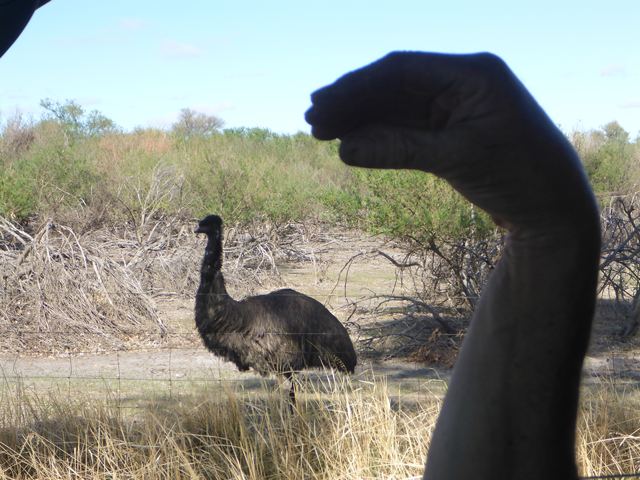2020 Aus Burning up Around Kojonup

|
Burning Up around Kojonup We have arrived at a time of year when arable land is being prepared for seeding and the sheep are starting to lamb, as soon, hopefully, there will be plenty of grass for them to eat. They lamb in the autumn here with the early winter rains to grow their food. The three sided earth dams dotted all over the land are gasping for some rain, but of recent years the rainfall; instead of being heavy and prolonged falls that run off millions of gallons of life giving water into the giant receptacles, has come in light showers that tend to soak straight into the dry, sponge-like ground, producing little or no run-off, but providing crops with a chance to grow at least. The weather, apart from being dry, has been unseasonably warm, a growing trend, and so farmers all over the Great Southern are applying for licences to burn the fallen trees that clutter their land and make using the massive machinery hazardous, risking expensive damage to the machines and making use of the area around them impossible. Perfect burning weather, but the air is now filled with the smoke from them causing a smoke haze over thousands of square miles with the well-documented damage to the environment that has ruled out this activity in other countries, including our own, despite fire in small doses being the ancient way of cleaning the land and releasing carbon back in to the cycle. It’s all a matter of scale. Much of the ozone damage is being done, as we all now know by large scale industrial burning from industry that has been around for only the last two hundred years or so. While indigenous people the world over have wisely and carefully been using fire for cool burning for tens of thousands of years. When in Rome; do as the Roman do. So Rob and I lent four willing hands in the highly social clear up process. Christine led our little team and would decide when to move on to the next area, cluttered with dead branches of all sizes that have been drying out for a number of years. We would spend a few hours picking up sticks and carrying them to the nearest blaze while chatting about this that and the other, watching the beauty of fire snacking and crackling its way through the old wood, turning it into sometimes the purest white ash. Malcolm would morph from one vehicle to another to achieve different results. The tractor with the scarifier on the back to scrape the ground into a three metre wide band of soil to act as a fire break, then with its fore end rake to push trunks and big branches into piles and later to compact the fire as it grew smaller; the quad bike to whizz around lighting and checking the piles and the fire truck with its tank of water and hose on the back to moisten the area around trees so they wouldn’t burn and provide damp margins to stop the stubble burning too far. He was in his element. Eventually Malcolm would tell us the next part of the plan which often meant we were free to walk back to the house and put the kettle on while we drank welcome glasses of water. Then we’d all sit down, sometimes outside under their pretty veranda and chat some more over mugs of tea and a variety of small-cut delectable cakes, Tess relaxing in her basket nearby. What a Life! We knew all about it the next morning when we got up with the aches and pains of complaining muscles, so we knew the exercise was doing us good. I’d love to spend a whole year here and see the full annual cycle of farming in this area in comparison to farming at home. I know little about arable farming in Britain, my brother being a dairyman, that is where my very limited knowledge lies. The sense of community in this area is warm and wonderful and I know that the concept of looking out for everyone around oneself is a good thing to be encouraged and enjoyed. My problem is I have never put down roots for long enough; changing location in my adult life every seven years or so, that seven year itch that nips at young roots! Immediately down the hill from our cottage is a massive fallen eucalyptus tree around which Malcolm has been amassing a big pile of logs. The old tree, probably in the prime of its life or even middle aged as the first settlers grazed their sheep around it, was hollow inside, along its fallen trunk and up a big branch, so we discovered when he lit the windward end and the draught caused smoke to start shooting out through the hollow branch. It was a natural stove in there with an intensity of heat well on its way from turning the flame colour through red, into orange and towards white. While Rob and I were watching we were poking around a little pile of farm junk and Rob gently lifted a broken slab of concrete to find this female Huntsman Spider you see in the photo. They are venomous but as usual only as a means of defence, and here is a nice word for the day; they are Sparassids because they have eight eyes in two rows of four. Ours was about 7-8 cms across but they can grow to 30 cms in diameter and are as common as they are beautiful. Alarmed at the sudden blast of sunlight her smaller husband ran protectively all over her like a paler, ghostlike version of herself. I quickly took the photo and Rob gently laid the slab back down. By way of an aside, on our way back to Te Opu with Malcolm and Christine the other day we came across these two semi-wild emus tucked safely behind a fence. The bigger of the two was curious about us that led Malcolm to think they were probably tame once. It made that strange guttural booming sound as it came up the side of the fence to inspect me, standing in the middle of the road to photograph it while ready to duck behind our trailer full with logs should he choose to leap over the fence. Malcolm reassured me he couldn’t do that anyway so I held my ground with more than a small element of doubt in my mind! The chrysalis shell is one of an abundance we came across measuring around 5 – 8 cm, discarded by their mysterious owners just outside their underground tunnel. It appeared doubtful that they are witchetty grubs or wood moths and identifying them on the internet is difficult because rarely do the compilers of the reports show the chrysalis form. If there are any lepidopterists out there I’d dearly like to know which moth they grow in to please. Helping me in my research for these blogs I must thank Malcolm and Christine of course, plus their neighbours and Merle Bignell who in 1971 wrote the excellent ‘First the Spring’ book about the history of the Shire of Kojonup. I am using the revised copy published in 1982. On Monday 18th coming up the 13 regional borders set up in Western Australia to control movement during the pandemic are being reduced to four which means that all of the south western coast will be available to us for exploration. So we plan to take day trips to rekkie places like Bunbury, Busselton and Dunsborough and assess their potential as places to stopover with Zoonie on our way around Cape Leeuwin and northwards. The coast is an exposed one with few options of sheltered anchorages deep enough for us. It is not the first time boundaries have been set up in this part of the continent. The First Nation people laid an invisible line from Jurien Bay north of Perth to a point on the south coast east of Esperance. On the east side of this line circumcision was practiced as a rite of passage whereas on the west side it was not.
|
